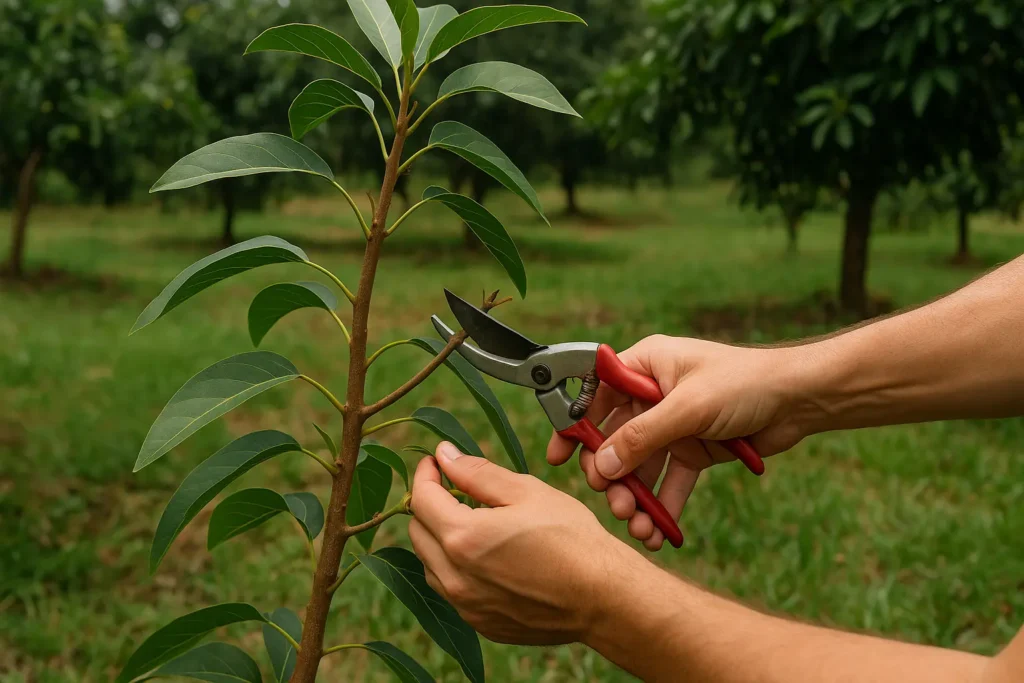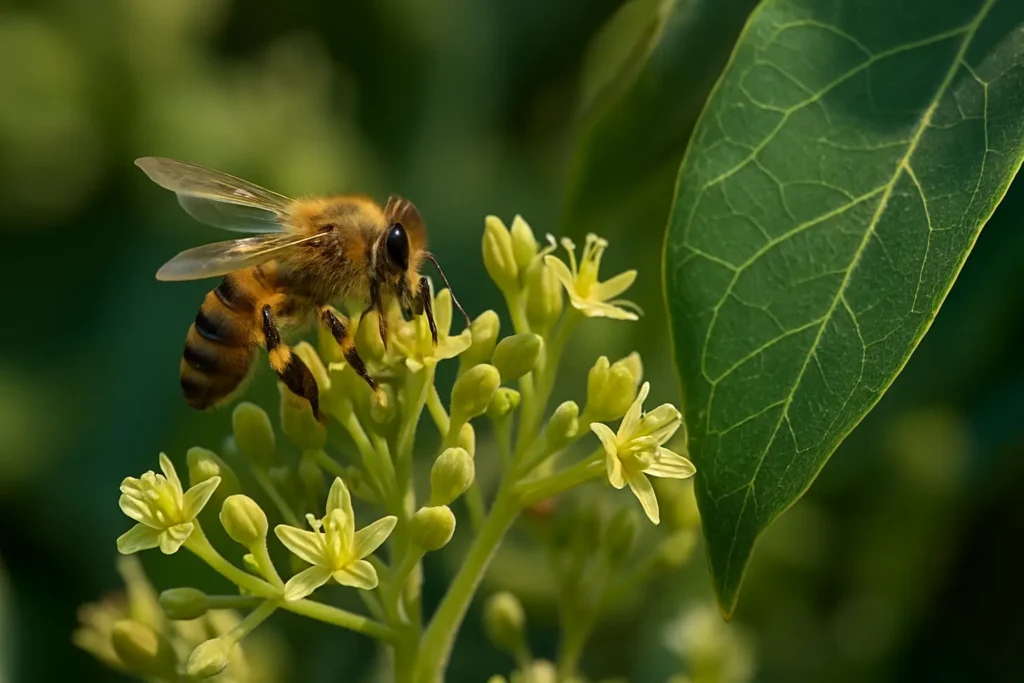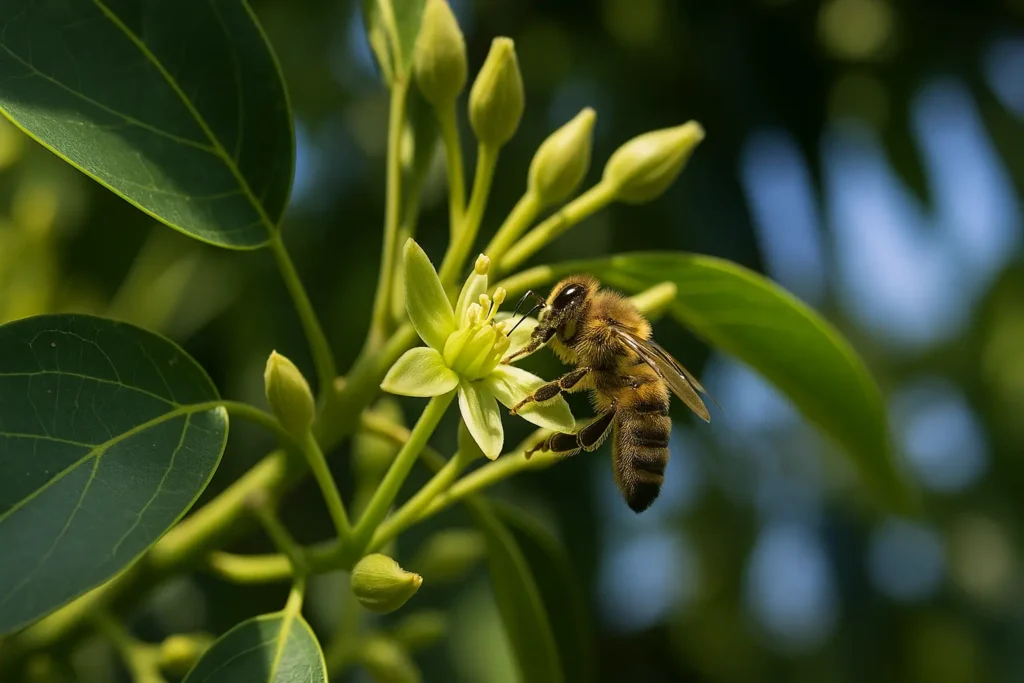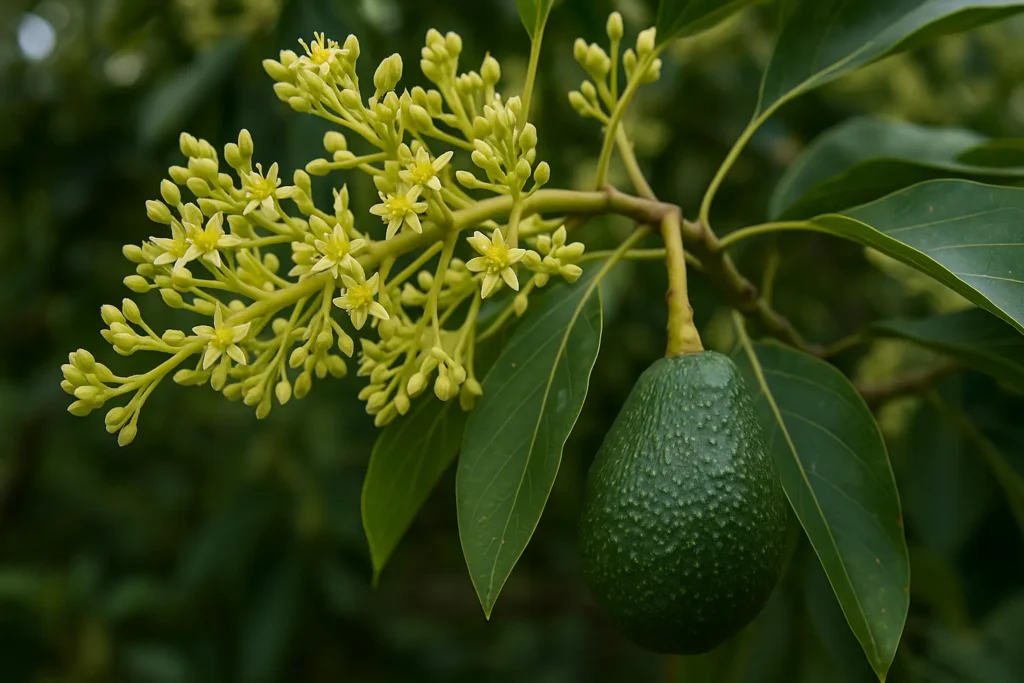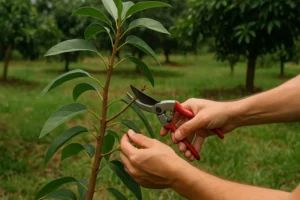Packing avocados requires precision, especially in a Hass avocado packing house where high quality standards are maintained. Calculating the kilos per batch involves considering the fruit's size, the type of packaging, and market demands. Understanding these variables is essential for an efficient operation.
In this article, we'll provide a detailed analysis of the factors that influence the quantity of avocados per batch, how a packing plant operates, and best practices to ensure optimal packaging.
What is a Hass Avocado Packing House?
A Hass avocado packing plant It is a facility designed to receive, classify, select, pack, and ship avocados under controlled conditions that preserve their quality and shelf life. In these facilities, each fruit undergoes a rigorous technical process that ensures that only avocados in optimal condition reach the final consumer.
The main objective is to ensure batch uniformity, meet the requirements of destination markets, and reduce losses in the supply chain. Modern packing plants integrate automated technology, traceability systems, refrigerated spaces, and food safety protocols to maximize efficiency.
Pre-Packaging Evaluation
Before packing, a thorough selection process is required. The avocado undergoes an inspection stage that determines whether it meets commercial standards. Evaluation criteria include:
- Consistent size and weight: Fruits outside the standard range are eliminated.
- Uniform color and ripeness: The ideal harvest point directly influences post-harvest quality.
- Absence of physical damage: Bumps, rot or stains are grounds for discard.
Proper pre-sorting reduces downstream waste and facilitates automated packing. At Fruty Green, we apply advanced processes to ensure each avocado meets the highest quality standards. Learn how a Hass avocado packing house works at our facilities by visiting: Fruity Green Processes.
How Many Kilos Are Needed for a Load of Hass Avocado?
The amount of avocados needed to prepare a batch depends on several technical factors:
1. Packaging capacity
The most common boxes have a capacity of 4 kg, 5 kg, or 10 kg. Based on a 10 kg box, and considering that an average Hass avocado weighs between 200 and 300 grams, it is estimated that between 35 and 50 units are required per box, depending on the size.
2. Average fruit weight
The weight of each fruit varies depending on the lot, the altitude of the crop, and the time of year. This variability directly influences the calculation of kilos per load and must be considered when planning logistics.
3. Discard percentage
Between 8% and 15% of the initial volume may be discarded during sorting for not meeting established criteria. This loss should be included in yield calculations to estimate how many kilos are needed before the packaging process.
Factors that Influence the Required Kilos
Seasonality
During peak season, avocados tend to be larger, which reduces the number of pieces per kilo. In contrast, during off-season, smaller fruits require more pieces to complete a batch.
Requirements of the destination country
Some international markets require specific presentations, which may change the type of packaging used and, therefore, the number of kilos required.
Buyer preferences
Some buyers request specific sizes or customized packaging. Accommodating these preferences requires adjusting the required weight per load based on each commercial contract.
Technology Involved in the Packaging Process
A modern packing plant uses specialized machinery that automates several stages of the process:
Automatic classification
Sorting machines use sensors to detect the fruit's size, shape, weight, external defects, and ripeness. This ensures that each box contains a consistent content, which is important for end-customer satisfaction.
Reducing manual contact
The use of conveyor belts, automatic loading systems, and packing robots helps minimize mechanical damage to the fruit. Reducing manual contact also improves product safety.
Good Practices in Avocado Packaging
A well-executed packaging process protects the quality of the avocado and improves the product's perception in the markets:
- Staff training: Workers must be trained to handle avocados carefully. Improper handling can cause invisible damage that accelerates ripening or deterioration.
- Use of resistant materials: Boxes must be designed to withstand weight, moisture, and repeated handling during transport. Additionally, the use of internal dividers is recommended to prevent friction between the fruits.
- Traceability system: Each box must be coded to track its origin, packing date, batch, and destination. This allows for a rapid response to any incident in the logistics chain.
The success of packaging lies not only in quantity, but also in the quality of the process. In a Hass avocado packing plant, the implementation of technology, good practices, constant monitoring, and proper handling conditions are essential to ensuring a competitive export product.
Enjoy the Colombian Hass Avocado!
At At Fruty GreenWe operate a Hass avocado packing plant equipped with state-of-the-art technology, rigorous quality protocols, and an expert team that takes care of every detail, from selection to final packaging. Our commitment is to deliver fresh, safe avocados ready to conquer international markets.

